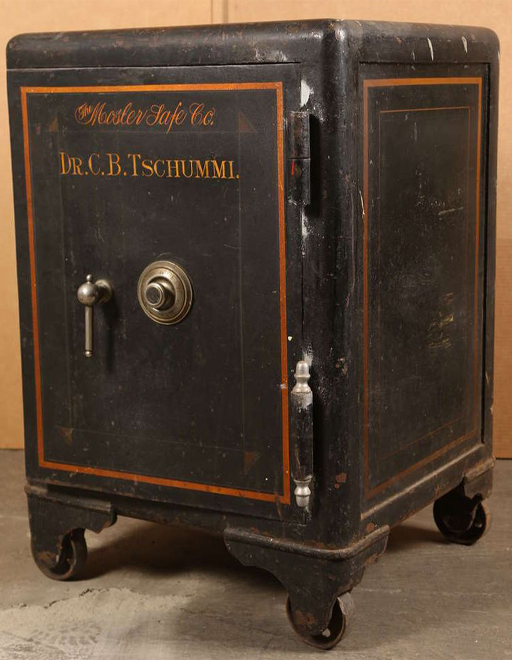7 Money in a savings account is almost always safe
Putting money into savings accounts is about as low risk as you can get. The value of the capital (money) you place in savings accounts does not go up and down like share prices, and interest earned will add to the balance.
The only minor risk would come if the financial institution goes into liquidation. The good news for virtually all savers is that you are protected up to £85,000 per person, per financial institution for savings in a UK-regulated Authorised deposit taker by the official Financial Services Compensation Scheme (FSCS). Beyond that you are not covered, which is where the risk comes for people with lots of cash.
If you’re lucky enough to have lots of money then it is prudent to spread your eggs amongst many baskets, as the old saying goes.
If you’re close to the limit then check the rules. The limit varies periodically so keep an eye on the FSCS website.
Extra protection if you suddenly run into lots of money
Sometimes you may have substantial amounts of money in a banking or savings account for a brief period due to a ‘life event’. Such ‘temporary high balances’ may be substantially in excess of the £85,000 FSCS limit. To cover this particular risk the FSCS provides protection for up to £1 million for a maximum of 6 months. If you seek protection under this rule you will need to provide proof of the source of the ‘high balance’ to the FSCS. Eligible events include:
- selling a property
- pay out under an insurance policy
- personal injury compensation
- pay-off after redundancy
- benefits payable on retirement
- inheritance.
Other savings risks
While not a risk to your actual capital, also be aware of the following:
Inflation risk applies to savings accounts. There is a difference between the cash or ‘nominal’ amount held in an account and the value of the savings in ‘real’ terms after price inflation is considered. So if your savings earn 1% AER and price inflation is 2% per annum (p.a.) then the real value of your savings will be falling.
If this persists for several years you may find that, despite the interest earnings, what you can eventually buy with your savings will be quite a bit less than you could have bought before you started saving!
While saving accounts are very low risk the ‘real’ returns they offer once price inflation is taken into account are usually low and, at times, negative. So keep an eye on this! Certainly during the recent period of high price inflation most savings rates were negative, in real terms, at some point.
Savings accounts can also expose you to interest-rate risk.
If you put money into a variable rate account, your interest earnings will fall if interest rates go down. As explained earlier, if you save money in a fixed-rate account you will not benefit if the level of interest rate rises during the term of your investments.
The reverse applies too, of course. You benefit from rates rising if you have a variable rate account, and you avoid the downside if you have savings in a fixed-rate account when interest rates fall. So there are swings and roundabouts – but you do need to be alive to this risk.
Finally, there is ‘access risk’ – the risk that you cannot withdraw your savings without incurring a charge on a fixed-rate account. The simple way to deal with this risk is to manage your finances to ensure you never need to access your fixed-rate accounts before the end of their term (of, say, 1 year). This way you always avoid such charges.

